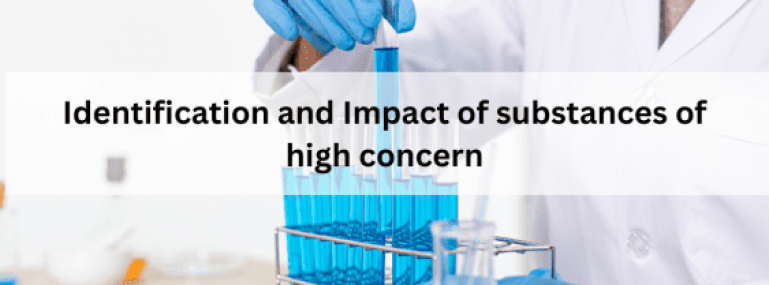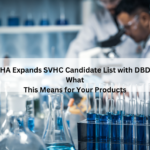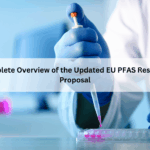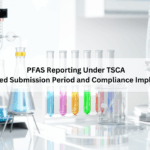The European Chemicals Agency (ECHA) has amended the REACH Candidate List, a list of compounds of very high concern (SVHC), more than 25 times. The European Commission requests that EU member states or ECHA include substances on this list. The substance may become a very high concern substance after a detailed review and unanimous approval.
The purpose of including a substance on the Candidate list is to promote, so businesses should have the tools and procedures in place to identify them quickly. It is important to choose technologies and substances that are both environmentally friendly and economically feasible.
To ensure compliance and customer satisfaction, it’s crucial to control SVHC risks throughout a product’s lifecycle. It is critical for organizations to understand the fundamentals of SVHC in order to understand why monitoring them is becoming more and more important.
Article 57 of the directive cites the REACH Directive as supporting the inclusion. To be included on the Candidate List, the substance must meet the following requirements:
- persistent, bio-accumulative, and toxic, very persistent and bio-accumulative
In accordance with Annex XIII of the REACH Regulation, substances must have a half-life longer than the specified period in each matrix (ocean, freshwater or estuarine water, marine sediment, freshwater or estuarine sediment, and soil).
As per the Hazardous Substances Directive, a substance must be carcinogenic, mutagenic, or toxic to reproduction, have another chronic toxicity, or be “non-observable” at concentrations under 0.01 mg/L (1 ppm).
Over time, the candidate list grows, changes, and evolves. Among the biggest impacts could be the introduction of new materials and technologies that bring more sustainable solutions to the market. The first step towards effective change is to understand the REACH Candidate List and SVHC. As a result of prompt identification, less hazardous substances can be substituted for SVHCs, which facilitates compliance until alternatives are discovered.
With ComplianceXL, companies maintain a solution that shows the content and hazards of their products. It identifies SVHCs quickly, alerts customers, and ensures compliance with REACH regulations. The resolute introduction of new technologies and materials demonstrating a company’s commitment to human health, the environment, and sustainability is a hallmark of corporate social responsibility and essential to the success of modern companies affected by SVHC and REACH. Get in touch with us today!!!!





